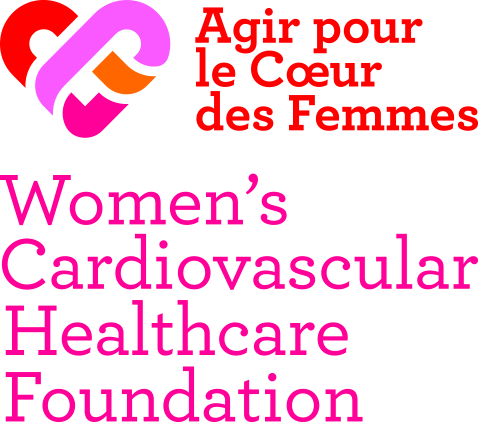
MIEUX CONNAITRE
Why Cholesterol is an Enemy You Should Take Seriously
Bad cholesterol turns into atheromatous plaque which gets deposited in the arteries and can clog them.

Cholesterol is an essential natural fat that is a component of our cell walls. It’s also a part of the composition of many hormones. The liver produces three-quarters of our cholesterol while the rest comes from food. It’s found in animal products like meats, milk products, crustaceans, shellfish, fish and eggs. High-density Lipoprotein (HDL) cholesterol is beneficial. It’s called “good cholesterol.” It carries excess cholesterol from the organs to the liver so that the bile can break it down for elimination. It is a building block in substances that relax the arteries. Low-density Lipoprotein (LDL) cholesterol is harmful. It’s called “bad cholesterol.” When there’s excess LDL cholesterol production, it builds up on the walls of the arteries, especially the coronary arteries. It forms fatty deposits called atheroma plaques that thicken over time. Until they reach menopause, women secrete a hormone called estradiol that promotes production of good cholesterol, reducing the plaque in their vessels. An increase in bad cholesterol (LDL) is a major risk factor for heart attack as well as a risk factor for stroke. Having low levels of good cholesterol (HDL) is also tied to an elevated risk of cardiovascular events, especially in women after menopause. Atheromatous plaque is more likely to build up in coronary arteries and at major artery junctions. By decreasing the surface area of the arteries, this plaque makes it more difficult for blood to circulate and can cause blood clots (called thrombosis). If an artery is completely blocked, cells are deprived of oxygen and die, causing an ischemic event. Depending on which organ is affected, this blockage causes myocardial infarction (heart), stroke (brain) or peripheral artery disease (legs). The good news is that there are effective ways to lower your level of bad cholesterol, such as changing your diet to reduce the amount of saturated fat and increasing the amount of polyunsaturated fat and fiber you eat. Getting regular physical activity is also important. If lifestyle changes aren’t enough to reduce your bad cholesterol levels, there are various classes of drugs that can improve cholesterol assimilation and metabolism.
CONNAÎTRE AUSSI

Olivier
HOFFMAN
Director
Dr. Olivier Hoffman is a cardiologist and former intern and Chief of Clinic at Paris Hospitals. He has been based in Montmartre for 27 years. A liberal cardiologist who is close to patients through his availability and proximity, Olivier Hoffman became involved early on in the associative sector, becoming President of the Amicale des cardiologues de Paris et sa région, then President of the [...]

Laurence
MAHEO
Secretary
Laurence Mahéo has 25 years' experience in the technology, digital and innovation sectors, gained as a consultant and then Managing Director of international executive search firms. She worked in France and the USA for Heidrick & Struggles, based in Paris and then in their Menlo Park, Palo Alto, California office. On her return from the USA, she joined Whitehead Mann in Paris in 2005 to strengthen [...]

Arnaud de Senilhes
Treasurer
Arnaud de Senilhes was born in 1962 and graduated Summa cum Laude with a Diplôme d’Études Supérieures Spécialisées (DESS) in business law and taxation from Université Paris II-Panthéon Assas, where he was valedictorian. He and his wife Constance have three children, Ninon, Bastien, Eloi. Mr. de Senilhes began his professional career as an attorney, working for Coopers & Lybrand Conseils [...]

